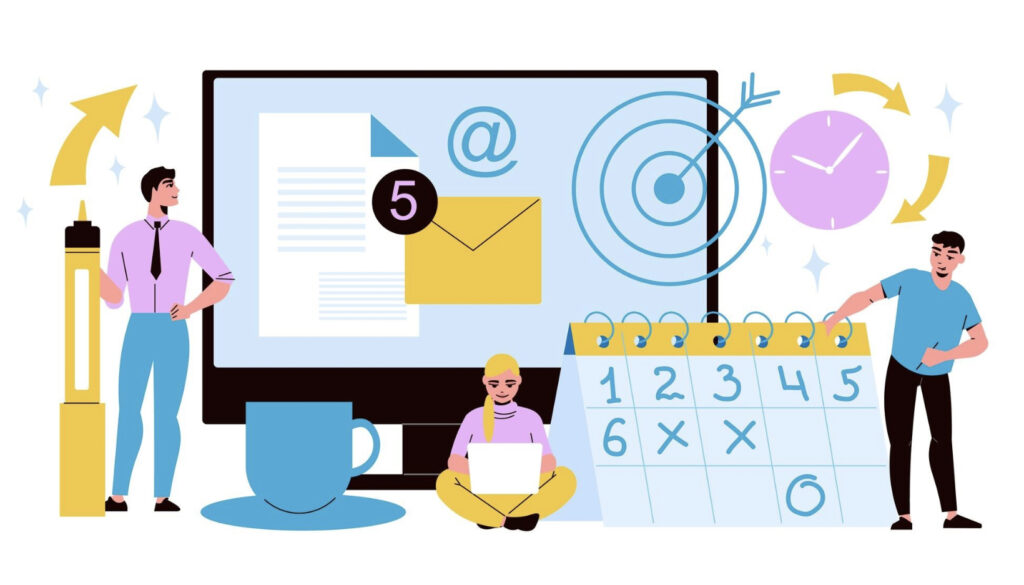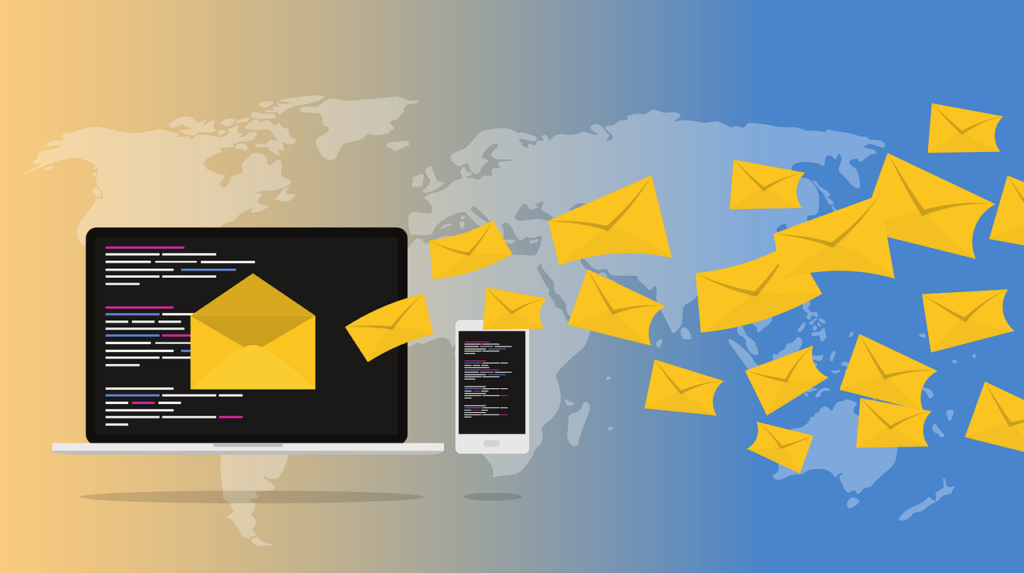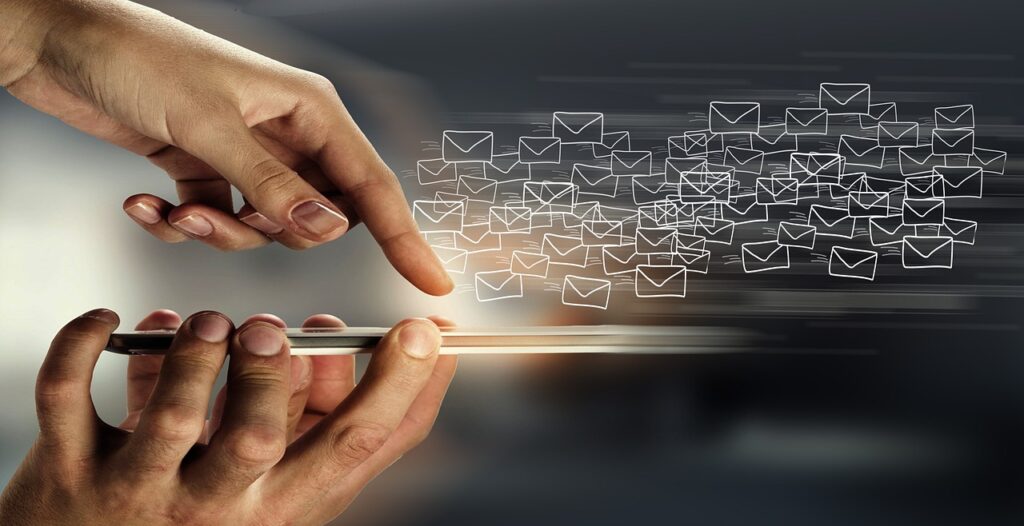In the realm of B2B marketing, where relationships and conversions are paramount, email marketing emerges as a powerhouse strategy. By harnessing the potential of targeted email campaigns, businesses can forge meaningful connections with prospects, nurture leads, and ultimately drive sales. In this comprehensive guide, we delve into the intricacies of email marketing for B2B, uncovering effective strategies to unlock success.
Email marketing serves as a cornerstone in the B2B marketer’s arsenal, offering a direct avenue to engage with prospects and customers alike. Unlike its B2C counterpart, B2B email marketing focuses on building trust, providing valuable insights, and nurturing long-term relationships. With the right approach, email campaigns can establish credibility, showcase expertise, and guide leads through the sales funnel with precision.
Building a Quality Email List
At the heart of every successful email marketing campaign lies a quality email list. Rather than casting a wide net, B2B marketers prioritize quality over quantity when it comes to their subscriber base. Incentives such as exclusive content, industry insights, or product demos can entice prospects to opt-in, ensuring that each subscriber is genuinely interested in what your business has to offer. Leveraging multiple touchpoints for opt-in opportunities—such as website sign-up forms, social media, and events—further enhances the quality of your email list, ensuring that it comprises engaged and relevant contacts.
Crafting Compelling Email Content
In the fast-paced world of B2B, attention spans are limited, and content is king. Crafting compelling email content that resonates with your audience is essential for capturing their interest and driving engagement. Start by understanding your audience’s pain points, challenges, and goals. Tailor your content to address these needs directly, offering valuable insights, solutions, or resources. Keep your messaging clear, concise, and action-oriented, with a compelling call-to-action (CTA) that prompts recipients to take the next step. Incorporating visuals, such as infographics, videos, or product demonstrations, can further enhance engagement and make your emails stand out in crowded inboxes.
Personalization and Segmentation Strategies
Personalization is key to unlocking the full potential of B2B email marketing. By segmenting your email list based on demographics, industry, company size, or past interactions, you can deliver highly relevant content tailored to each recipient’s interests and preferences. Personalized subject lines, email copy, and offers demonstrate that you understand your audience’s unique needs and position your business as a trusted advisor. Dynamic content, such as product recommendations or personalized messages, further reinforces this personalized experience, driving engagement and conversion rates.
Automation and Timing
Automation streamlines the email marketing process, allowing businesses to deliver timely and relevant messages at scale. Set up automated email workflows to nurture leads through the sales funnel, delivering targeted content based on their stage in the buying journey. Triggered emails, such as welcome sequences, abandoned cart reminders, or re-engagement campaigns, can keep prospects engaged and move them closer to conversion. Testing different send times and frequencies enables you to identify the optimal cadence for your audience, maximizing open rates and engagement.
Analyzing Metrics and Iterating
The key to continuous improvement in B2B email marketing lies in data-driven analysis and iteration. Track key metrics such as open rates, click-through rates, conversion rates, and ROI to gauge the effectiveness of your campaigns. Conduct A/B testing to compare different elements of your emails, such as subject lines, CTAs, or design variations, and optimize for performance. Use these insights to refine your email marketing strategy, identifying what resonates with your audience and iterating accordingly. By constantly monitoring and adapting to changes in audience behavior and market dynamics, you can stay ahead of the curve and drive sustainable results with your email marketing efforts.
In conclusion, email marketing remains a cornerstone strategy for B2B marketers looking to generate quality leads and drive sales. By implementing the strategies outlined in this guide—building a quality email list, crafting compelling content, personalizing and segmenting your audience, leveraging automation and timing, and analyzing metrics to iterate and improve—businesses can unlock the full potential of email marketing and achieve success in today’s competitive landscape.


